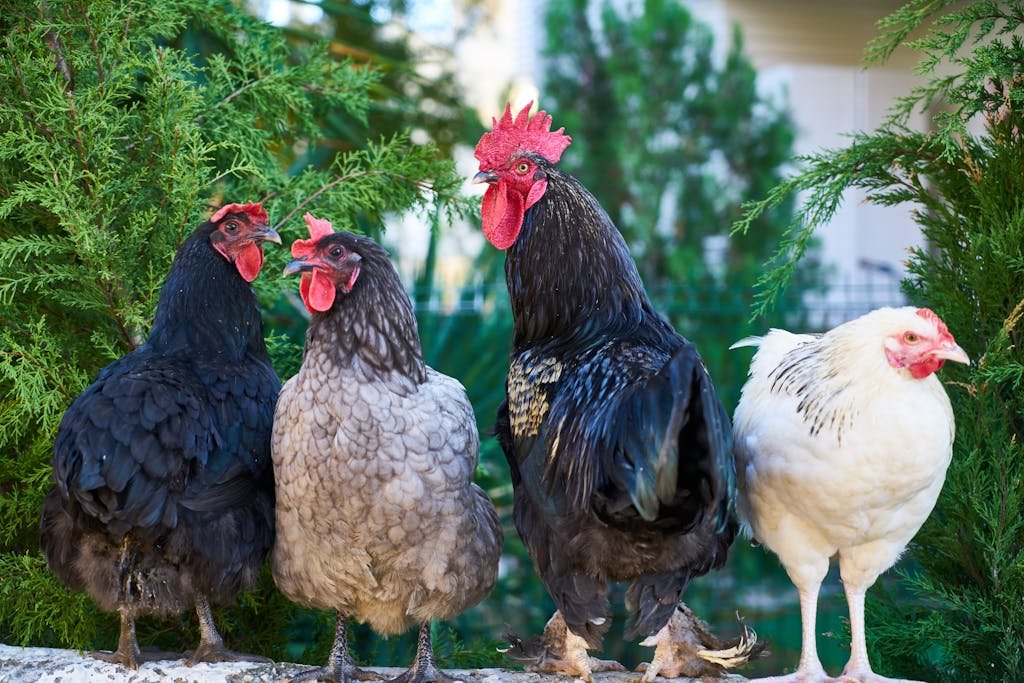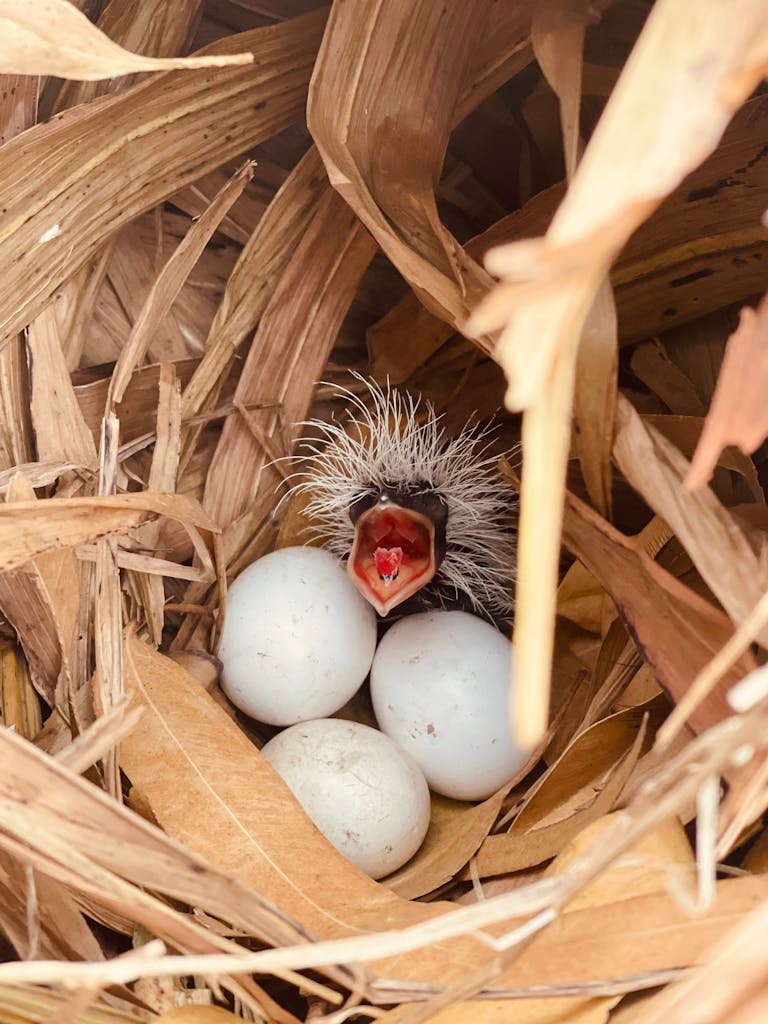Claw vs Talon: Understanding the Differences

Talons and claws are secondary structures in the animal kingdom that have valuable functions. Although both are categorized in the class of keratinized appendages, they are morphologically and functionally distinct and are associated with animals of different classes.This article will explore Claw Vs Talon, functions, and evolutionary significance of claws and talons.
What Are Claws?
Definition and Structure
Claws are curved, pointed appendages found at the end of an animal’s toe. They are composed of keratin and are present in many different species of animals, such as mammals, reptiles, and certain birds. The basic structure is made up of a outer layer that is rigid in nature and an inner lining that is relatively softer in comparison.
Types of Claws
- Retractable Claws
- Usually observed in cats, these claws are those capable of being drawn out or pulled back in. This feature is useful in reducing wears and tear to make sure that knife is sharp for hunting purposes.
- Non-retractable Claws
- Meeting in animals such as dogs and bears, these claws cannot be withdrawn into the paw and are used for traction, digging or as weapons.
Functions of Claws
Claws serve multiple purposes depending on the species:
- Hunting and Defense
- Carnivorous animals employ claws to grab and especially hang onto its prey. They also have a function of providing defense against threats.
- Climbing
- Some animals like squirrels or monkeys have claws on their fore limbs to help them climb trees when they are threatened by a predator or want to get to food.
- Digging
- Some animals such as moles and badgers have sharp claws used in creating burrows or searching for foods from under the ground.
- Grooming
- In felines, the primary use of claws is for self-maintenance, such as pulling at fur and parasites.
What Are Talons?
Definition and Structure
Talons are the sharp pointed claws located on the feet of birds of prey that include eagles, hawks, and owls, among others. They are usually larger and more curved and sharp than the claws of other animals, and are adapted for a predatory purpose and for seizing prey.
Characteristics of Talons
- Strength and Sharpness
- Talons are very sturdy and come with a sharp edge so that birds of prey can seize and cling on their prey firmly.
- Curvature
- The sharply defined curvature is essential for holding and restraining the prey and creating conditions that will not allow the latter to escape.
Functions of Talons
Talons are crucial for birds of prey, serving several specific purposes:
- Hunting and Capturing Prey
- Bird of prey use their claws to catching their prey and kill it. They are efficient hunters who have strong and precise talons.
- Perching
- Talons are specialized structures that ensure the birds gain proper support and grip when they sit on branches or any other surface.
- Defense
- The talons, similar to claws, can also be used in fights against predators and competitors.
Differences Between Claws and Talons
Anatomical Differences
- Size and Shape
- Talons are in general larger and more curved than claws, which supports their role in the hunting process.
- Retractability
- Whilst claws may be retractable or non retractable and are generally concealed, talons are always protruding and are prepared for usage.
Functional Differences
- Primary Use
- For instance, claws are used in digging, climbing, as well as grooming. Talons are mainly used in prey predation and holding of the prey.
- Species-Specific Adaptations
- Claws are present in a large number of animals while talons are specially present in birds of prey .
Evolutionary Significance
Evolution of Claws
This just goes to show that even claws have developed various functions depending on the different animals that possess it. This ranges from the concept of natural selection since animals are made in a manner that they can be able to fit in different surroundings as well as overcome different barriers to survival.
Evolution of Talons
Talons can be described as an even more refined example of an evolutionary development. That’s why the birds of prey have developed the strong and sharp talons to become the predators of the predators on the top of the food chain.
Examples of Animals with Claws
Mammals
- Cats
- Hunting and climbing claws that can be retracted.
- Dogs
- Non-retractable claws for traction and digging.
- Bears
- Strong claws for digging and tearing apart food.
Reptiles
- Lizards
- Claws for climbing and defense.
- Turtles
- Claws for digging nests and foraging.
Birds
- Non-predatory Birds
- Some birds have claws for perching and climbing.
Examples of Animals with Talons
Birds of Prey
- Eagles
- Powerful talons for catching large prey.
- Hawks
- Talons adapted for speed and precision.
- Owls
- Silent hunters with strong talons for capturing prey at night.
The Role of Claws and Talons in Ecology
Predation and Food Chains
The sharp claws and talons are vital in assertive acts that ensure that the balance in ecosystems is maintained. These adaptations enable predators to regulate population densities of prey to avoid overgrazing and promote the balance in the ecosystem.
Habitat Adaptations
Fur and feathers help animals adapt to different environments and tools such as claws and beaks help in doing so. For instance climbing species employ claws to move across tree tops while birds of prey employ claws formerly used in hunting on various grounds.
Human Uses and Cultural Significance
Claws and Talons in Tools and Art
Across ages, people have been fascinated with claws and talons as symbols of strength and functionality. They have been incorporated in the formation of utensils and weapons and contain meanings in cultures.
Conservation and Protection
Features of claws and talons is important when it comes to the protection of the animals. Preservation of habitats of these species is crucial to the survival of these key predators and to overall conservation.
Read Also: How Much Space Do Chickens Need?
Closing Thoughts
Claws and talons are similar to each other to a certain extent but they are different structures serving vital roles in the lives of animals. Claws are useful for several general uses in survival while talons are the best adaptation for specific functions such as the act of hunting. By acknowledging these differences, it is easier to understand how animals conduct their lives and interact with the environment; the survival of life in the face of adversity can thus be well explained.





